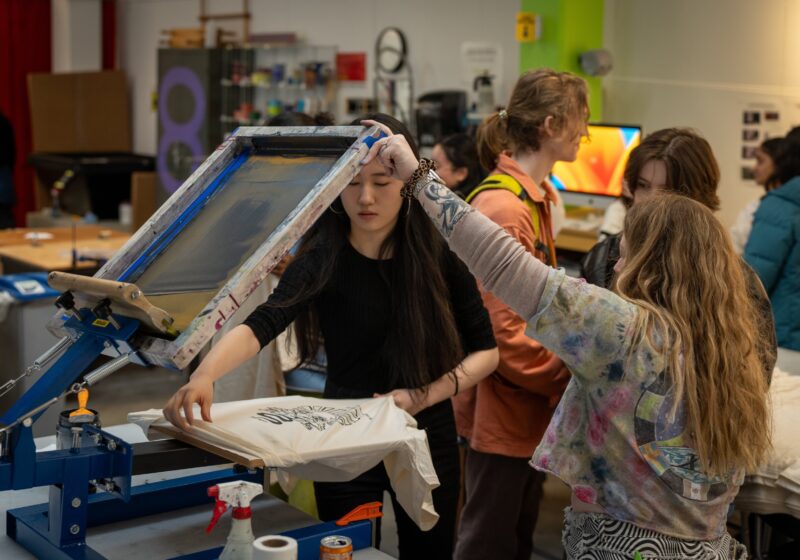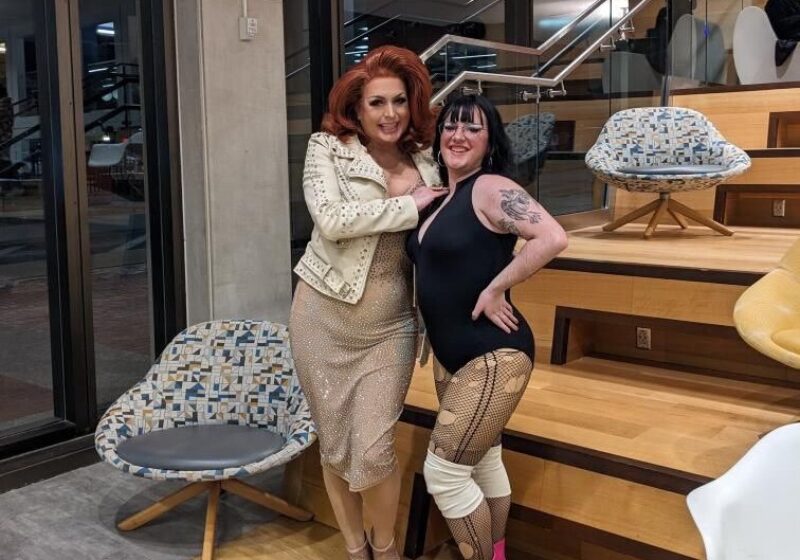On Sept. 28, 2010 the Israeli military intercepted an aid ship heading for Gaza. Among the arrested included 82-year-old Holocaust survivor Reuven Moskovitz. “It is a sacred duty for me, as a [Holocaust] survivor, to protest against the persecution, the oppression and the imprisonment of so many people in Gaza, including more than 800,000 children,” he said in a BBC interview prior to his arrest.
Also arrested was 60-year-old Rami Elhanan, an Israeli who lost her daughter Smadar when a suicide bomber detonated his explosives in a Jerusalem shopping mall in 1997. “Those 1.5 million people in Gaza are victims exactly as I am,” he said in the same article.
And yet, the Israeli government and its principle backer, the United States, practice a policy of economic and political isolation with regards to the people of Gaza.
To be sure, there are radical elements within Hamas that call for the use of armed resistance against the ongoing military occupation of the Palestinian West Bank and East Jerusalem.
However, Article 1, Paragraph 4 of the Protocol Additional to the Geneva Conventions of 12 August 1949, and relating to the Protection of Victims of International Armed Conflicts, specifies that groups are justified in resistance “against colonial domination and foreign occupation.” Not that I am endorsing armed conflict, I am simply attempting to reframe the issue.
Currently, the United States, Israel and three other countries recognize Hamas only as a terrorist organization.
But the current round of peace talks is hitting a major obstacle aside from renewed Israeli settlement building — Nearly 1.5 million people in Gaza are not being represented at the table. How can this be? How can an agreement exclude such a large number of the people it will affect the most?
The United States and Israel have nothing to gain from continuing their policies toward Hamas. After all, there may well be a player within Hamas that advocates purely nonviolent struggle. In fact, The Wall Street Journal and other publications have already highlighted many such instances.
But they need our help. The occupation of Gaza until 2005 made it possible for these radical elements to take power, showing that in times of desperation people turn to fundamentalism. Let’s start by making sure that the 1.5 million civilians living in the open-air prison of Gaza have sufficient resources.





